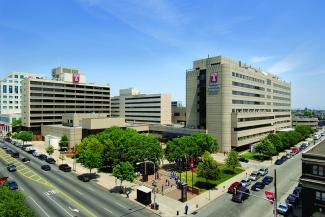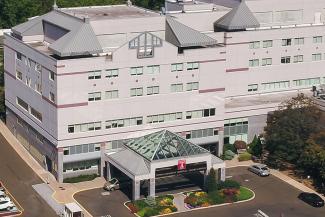Surgical corrections of the spine are performed to relieve pain in the back caused by a variety of issues.
Conditions that may be effectively addressed through spinal surgery include:
-
Degenerative disc disease. This condition occurs when the rubbery, shock-absorbing discs between the vertebrae in the spine begin to shrink as a result of aging, injury or overuse. If these discs completely collapse, the joints in the vertebrae may begin to scrape against one another, resulting in pain and stiffness.
-
Herniated disc. Also known as a bulged, ruptured or slipped disc, a herniated disc occurs when a piece of the nucleus of the disc pushes through the outer layer of the disc, known as the annulus. The fragment of the nucleus may move though a rupture or tear into the spinal canal, where it can press on spinal nerves and cause significant pain.
-
Low back pain. Pain in the low back may be caused by degenerative wearing down of the spine, injuries, overuse or repetitive motions. The pain may range in severity and can be ongoing or occur intermittently.
-
Spinal stenosis. This condition develops when a narrowing of the space around the spinal column occurs, putting pressure on the spinal cord and spinal nerves. As a result, numbness, pain and weakness in the legs may develop.
Read our Spine Surgery FAQs to learn more about the risks, lifestyle changes during recovery and more.
Types of Spine Surgery
Temple spine surgeons provide multidisciplinary comprehensive care for all disorders of the spine. They utilize the most advanced and minimally invasive procedures in the management of low back pain, herniated discs, spinal stenosis and degenerative disc disease.


